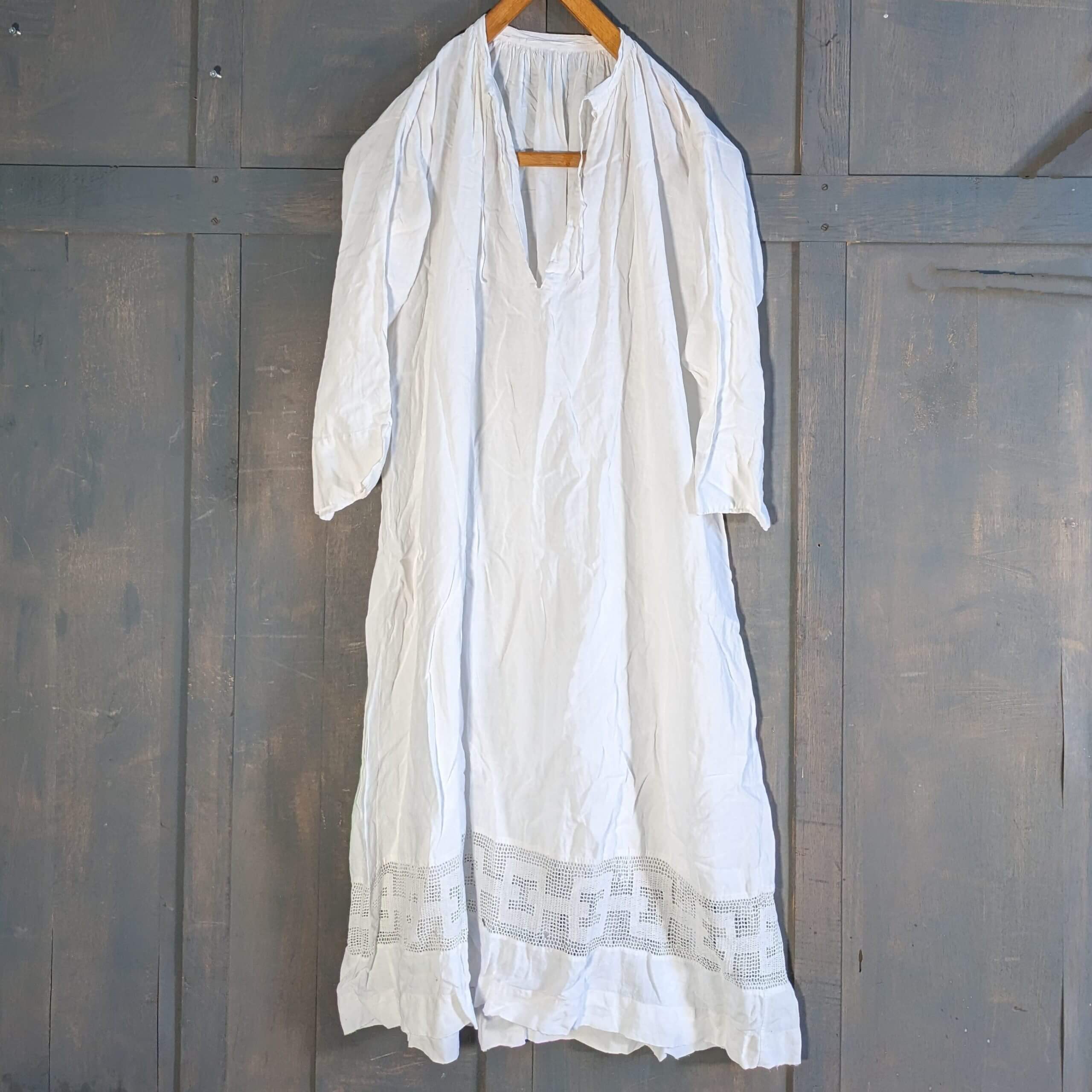
There’s a curious paradox in the clergy wardrobe. On Sunday morning, I tie the rope — pardon me, the cincture — around my waist, adjust the folds of the alb, and smooth out the wrinkles as best as possible. (Though truth be told, some wrinkles in an alb seem divinely ordained.) Then, I step out before the congregation, looking — at least from a distance — neat, pressed, and vaguely angelic, like a misplaced choirboy who wandered into the sanctuary and forgot to leave.
But beneath all that linen lies something decidedly less celestial: a person. One with coffee breath, a stubborn cowlick, and the occasional creeping suspicion that the sermon sounded better in the study than it does in the pulpit. The alb, for all its liturgical elegance, doesn’t hide much from God, and only partly from the congregation.
The alb, you see, is meant to be a symbol of baptismal identity — a reminder that before we are clergy, we are simply the baptized people of God. Theoretically, it’s the great equalizer. Underneath, priest and parishioner are the same, clothed in grace, if not in linen. In practice, however, clergy vestments have a way of turning their wearer into a walking symbol. Step into an alb and suddenly you’re not “Don” anymore; you’re “the Reverend.” You’re not running to the grocery store for milk—you’re appearing in the dairy aisle as the Church Incarnate.
And that’s where vulnerability sneaks in. The alb might cover your shirt, but it doesn’t conceal your humanity. The truth is, the moment you step into those vestments, you step into public visibility — and with it, the delicate art of being authentic while representing something larger than yourself. It’s like walking around wrapped in a flag of faith: comforting, but also occasionally cumbersome when you’re trying to blend in at the coffee shop.
People often imagine clergy vestments as armour — something that gives us confidence, a sense of authority, maybe even a spiritual force field. But in reality, they’re more like mirrors. They reflect not just the role we play in worship, but the expectations others bring to it. Sometimes that reflection flatters; other times, it’s an awkward reminder that we’re still learning how to live into the grace we preach.
I sometimes think Jesus, who had a knack for upending expectations, might chuckle at our fussing over hems and stoles. He seemed more concerned with the heart beneath the robe than the robe itself. He didn’t wear vestments, but He carried His vocation in every gesture, every word, every moment of compassion. That’s what the alb is supposed to remind us of — not that we’re perfect, but that we’re participating in something holy despite our imperfections.
So when you see your priest, deacon, or bishop standing there in starched linen and carefully arranged stole, remember: beneath it all is a very human person trying to live out their calling with grace, humour, and a well-placed safety pin. And perhaps that’s the most honest vesture of all — vulnerability wrapped in linen, with a dash of divine dry-cleaning.
A Prayer for Vestments and Vulnerability
Gracious God,
You clothe us not in perfection, but in grace.
Beneath our robes and collars, our titles and tasks,
You see the hearts that tremble, hope, and trust in You.
Grant that, when we vest for Your service,
we may wear humility more deeply than linen,
and compassion more freely than any stole.
Let our public faces never hide our honest selves,
and may our humanity be the very place
where Your holiness chooses to dwell.
Through Jesus Christ,
who wore no robe but love itself.
Amen.